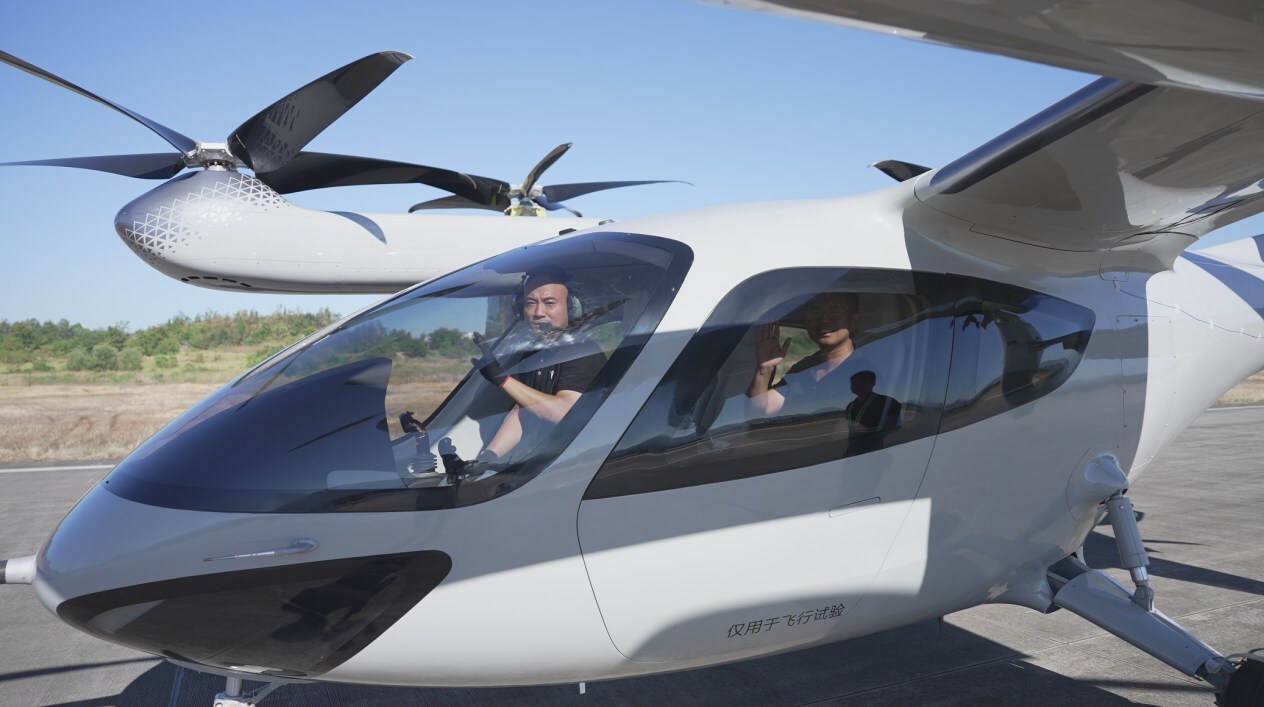After reviewing Singapore’s National Aviation Safety Plan 2025-2027, the document reveals a measured yet forward-thinking approach to integrating Low Altitude Economy operations into the nation’s aviation ecosystem. While the plan primarily focuses on traditional aviation safety, several key initiatives directly address the emerging low-altitude economy.
Regulatory Framework Development
Singapore recognizes that existing regulations require substantial updates to accommodate Low Altitude Economy operations. The plan commits to modernizing regulatory rules through 2027 and beyond, specifically addressing unmanned aircraft and electric vertical take-off and landing (eVTOL) operations. This regulatory evolution acknowledges that current frameworks weren’t designed for the complexity of low-altitude mobility operations.
The Civil Aviation Authority of Singapore (CAAS) is developing comprehensive resource documents on regulatory approaches for emerging technologies. These aim to provide clarity on how Singapore’s aviation safety regulatory framework accommodates innovation while maintaining robust safety standards. This represents a pragmatic recognition that regulators must stay ahead of technological development rather than react after it has been implemented.
Unmanned Aircraft Traffic Management System
The most concrete Low Altitude Economy initiative outlined in the plan is the development of an Unmanned Aircraft Traffic Management System (UTMS). This system will provide an integrated portal for regulatory services, including:
- Unmanned aircraft operator and aircraft registrations
- Flight approvals
- Real-time tracking of all unmanned aircraft operations in Singapore
The UTMS represents more than administrative convenience—it’s the foundational infrastructure needed to manage multiple aircraft operating at low altitudes simultaneously. Without such a system, the promise of delivery drones, air taxis, and other Low Altitude Economy applications remains largely theoretical.
International Collaboration and Standards
Singapore is pursuing regional cooperation through the joint development of Asia-Pacific reference materials to facilitate the operation of eVTOL aircraft and UAS. This regional approach makes sense given that Low Altitude Economy operations, particularly cross-border flights, will require harmonized standards and procedures.
Following the completion of these reference materials, CAAS will review existing regulations to incorporate the necessary recommendations. This two-phase approach allows Singapore to contribute to regional standard-setting while maintaining flexibility to adapt standards to local conditions.
Safety Integration Challenges
The plan acknowledges significant challenges in integrating low-altitude economy operations safely. New entrants into the airspace, such as Unmanned Aircraft Systems and cross-border Advanced Air Mobility aircraft, require thorough safety assessments, proper certification processes, and careful consideration of human factors.
One incident highlighted in the safety performance data illustrates these challenges: a 10kg unmanned aircraft experienced loss of control during a test flight in Singapore, struck a building, fell to the ground, and caught fire. This real-world example underscores that Low Altitude Economy operations carry genuine risks requiring systematic mitigation.
Airspace Management Complexity
The plan acknowledges that Singapore’s limited domestic airspace is facing increasing pressure as traffic continues to grow. Managing safety among shared airspace users requires enhanced communication and collaboration to ensure effective coordination. The Low Altitude Economy adds another layer of complexity to this already challenging environment.
As physical airspace volume remains constant, while resources struggle to grow in proportion to traffic volume, resultant safety risks can increase, including potential conflicts that compromise safety margins. This observation is particularly relevant to low-altitude operations, where urban obstacles, weather patterns, and multiple aircraft types must coexist safely.
Notable Gaps and Limitations
While Singapore’s plan demonstrates awareness of the challenges in the low-altitude economy, it lacks specific operational details regarding the implementation of urban air mobility. The document omits mention of:
- Vertiports and charging infrastructure
- Unique operational procedures for urban air taxi services
- Economic aspects beyond safety regulation
- Business models and service integration with existing transportation
- Public acceptance strategies
The focus remains primarily on regulatory frameworks rather than operational implementation.
Timeline and Implementation
Most Low Altitude Economy-related actions target completion dates of 2025-2027, suggesting Singapore views this as a near-term rather than distant future concern. The development of safety regulatory frameworks for autonomous vehicles at the airside has a 2025 completion date, indicating urgency in addressing emerging technology integration.
Conclusion
While we await more comprehensive guidance from the CAAS regarding Low Altitude Mobility regulations, Singapore’s broader approach to the Low Altitude Economy reflects the city-state’s characteristic methodical approach to innovation. They’re building regulatory and safety infrastructure first, establishing international cooperation frameworks, then gradually implementing operational capabilities.
This conservative approach may mean Singapore won’t be first to market with Low Altitude Economy services, but when they launch, the safety and regulatory foundations should be solid. The plan reveals a government that takes the Low Altitude Economy seriously as an emerging reality rather than distant speculation, prioritizing safety fundamentals over rushed implementation.




